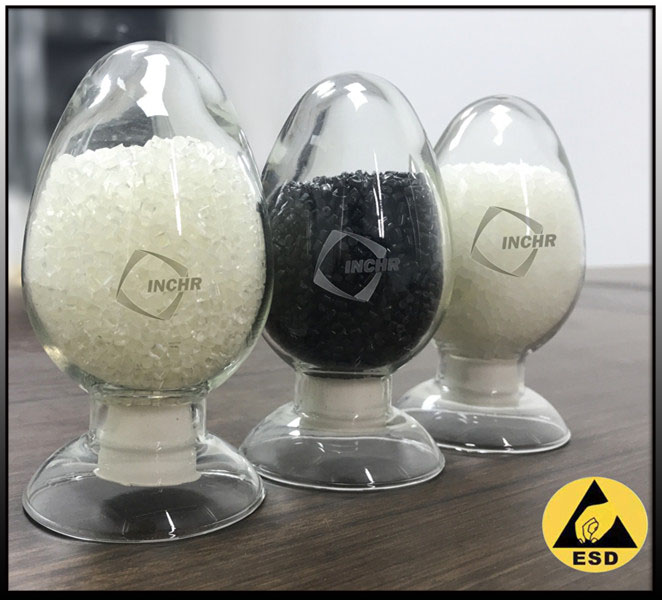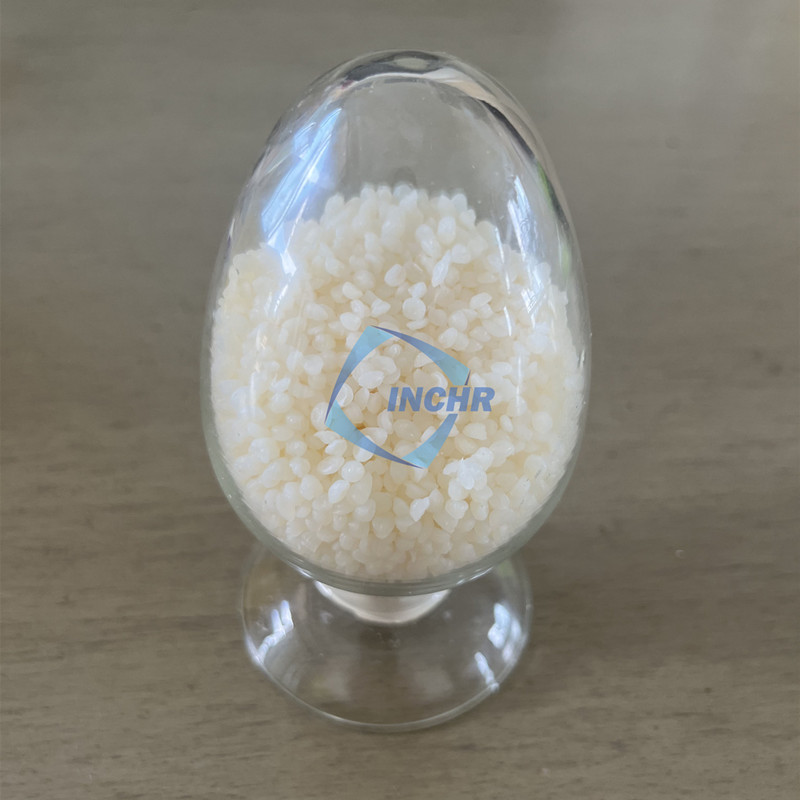Introduction:
In electrostatic discharge (ESD)-sensitive fields like electronics manufacturing, semiconductor processing, and precision instrument production, the strategic application of ESD plastics is paramount. These specially formulated materials effectively prevent static accumulation and discharge, safeguarding delicate components from damage. However, the performance stability and lifespan of ESD plastics depend heavily on integrated management of material selection, processing techniques, and operational environments. This article delves into core methodologies—from technical principles to practical strategies—for optimizing ESD plastic protection and durability, enabling efficient static control in industrial settings.

I. Core Properties and Functioning Principles of ESD Plastics
ESD plastics are polymer materials engineered with antistatic or conductive properties. By incorporating conductive fillers (e.g., carbon nanotubes, metal fibers) or antistatic agents (e.g., surfactants), their surface resistivity is regulated within the ideal range of 10⁶–10¹² Ω/sq. Key functional categories include:
Conductive Plastics: Surface resistivity < 10⁹ Ω/sq. Rapidly dissipate static charges. Commonly used in direct-contact applications like electronic enclosures and component trays.
Antistatic Plastics: Surface resistivity 10⁹–10¹² Ω/sq. Form a moisture-dependent conductive layer by absorbing ambient humidity. Suitable for packaging and moderate ESD protection needs (e.g., display bezels).
Working Principle: ESD plastics neutralize the three elements of ESD generation (charge generation, accumulation, discharge) through inherent conductivity or surface modification. This ensures timely charge dissipation/neutralization, preventing component damage—such as breakdown, oxidation, or data corruption—caused by ESD events (reaching tens of thousands of volts).
II. Key Factors Influencing ESD Plastic Performance
Material Formulation Stability:
Challenge: Dispersibility of conductive fillers and migration resistance of antistatic agents.
Solution: Use aged-tested composite formulas (e.g., with antioxidants or coupling agent-modified fillers) to counter degradation (e.g., carbon black oxidation at high temps, antistatic agent leaching).
Precision Processing Control:
Challenge: Temperature, pressure, and cooling rates during molding/extrusion critically affect filler distribution.
Solution: Monitor melt temperature (avoid antistatic agent decomposition) and mold temperature uniformity (prevent resistivity fluctuations). Use in-mold pressure sensors to ensure continuous conductive pathways.
Long-Term Environmental Impact:
Humidity: <30% RH impairs antistatic plastics; maintain 40-60% RH.
Temperature: >60°C accelerates aging; <-20°C induces brittleness/network fracture.
Chemical Exposure: Solvents/acid-base gases erode surfaces, damaging coatings or fillers.
III. Practical Strategies to Enhance ESD Plastic Protection & Durability
Scientific Material Selection (Risk-Based):
High Risk (e.g., Wafer Fab): Conductive ABS/PP (10⁶–10⁸ Ω/sq); enhance with metal plating.
Medium Risk (e.g., PCB Assembly): Antistatic PS/PC; demand long-term stability data (e.g., 1000-hr aging reports).
Packaging/Transport: Conductive PE foam/antistatic EPE; ensure seal integrity against moisture/dust.
Surface Treatments for Enhanced Protection:
Conductive Coatings: Apply carbon/metal-based coatings (5-10μm thick) on non-conductive substrates; monitor adhesion.
Plasma Modification: Introduce polar groups via low-temp plasma to boost antistatic agent adsorption (ideal for PET/PVC).
Nanocomposites: Integrate nanofillers (e.g., graphene, CNTs) for higher conductivity at lower loadings, preserving mechanical properties.
Optimized Processing Techniques:
Filler Pre-treatment: Use silane coupling agents to improve filler-resin compatibility and dispersion.
Parameter Control: Keep melt temp below filler decomposition point (e.g., <250°C for carbon black); extend cooling time by 10-15% for filler alignment.
Post-Processing: Anneal parts (e.g., 60°C for 2 hrs) to relieve stress and stabilize conductive networks.
Environmental & Maintenance Management:
Storage: Use climate-controlled (temp/humidity), dark warehouses; stack height ≤1.5m.
Cleaning: Wipe with deionized water or ESD-specific cleaners; NEVER use alcohol/acetone. Clean weekly (adjust per contamination).
Testing: Perform quarterly surface resistivity checks using calibrated meters (e.g., concentric ring probe); replace if values deviate >±20% from spec.
IV. Case Study: Optimizing ESD Plastics in Automotive Electronics
A Chinese EV component manufacturer faced BMS chip failures due to ESD performance decay during transit. Their solution:
Material Upgrade: Switched antistatic ABS to conductive PP (ρs: 10¹¹ → 10⁸ Ω/sq); required 3000-hr weathering reports.
Process Adjustments: Increased mold temp from 40°C → 60°C; added 20-min IR annealing post-molding.
Environmental Control: Installed smart warehouse monitoring; adopted conductive aluminum foil bags + antistatic EPE liners for shipping.
Result: ESD failure rate dropped from 0.8% → 0.05%, saving CN¥600,000 (≈$84,000 USD) annually in after-sales costs.
V. Conclusion: Building a Sustainable ESD Protection System
Optimizing ESD plastic performance requires a systems approach integrating material science, processing technology, and environmental management. Strategic selection, process refinement, and diligent maintenance extend material life while mitigating ESD risks at the source. As high-tech manufacturing (semiconductors, EVs) advances, companies must implement full lifecycle management—from material intake to end-of-life—supported by regular testing and technology updates to ensure peak ESD protection.
Partner with us to explore cutting-edge ESD solutions—Contact Us for material samples or technical consultation.




